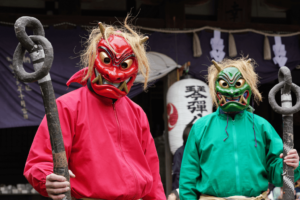
Japanese Oni: The Mysterious World of Japan’s Historical Devils & Demons
The Japanese oni is one of the most famous yokai (Japanese ghosts or spirits) demons in Japanese culture.

The Japanese oni is one of the most famous yokai (Japanese ghosts or spirits) demons in Japanese culture.
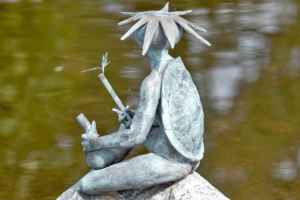
The Japanese kappa (known as 河童) is one of Japan’s best-known folklore characters. A type of Japanese yokai, this water deity is a scaly, aquatic creature that can be found in bodies of water.
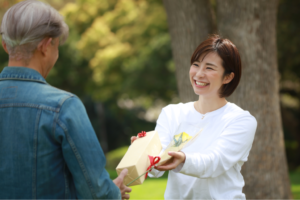
Gift giving in Japan (and gift receiving) is a true art, entrenched with many customs and unspoken etiquette. Whether it’s the different types of gifts, the varying times of year for gift giving, or even how many hands to use to accept a gift, there is much to learn.
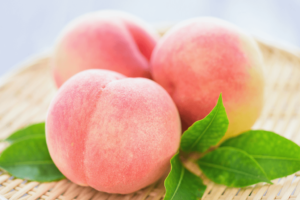
Japanese peaches are unique. Peaches cultivated in Japan are sweet and juicy, their soft white flesh unparalleled for its sweetness and melt-in-your-mouth texture.
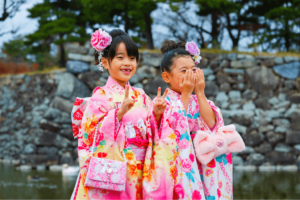
Since the Heian Period (794-1195), every year on March 3rd is Girls’ Day, also known as Doll’s Festival or ‘Hina Matsuri’ in Japanese. This is a day in which families all over Japan wish for the health and prosperity of their young girls,
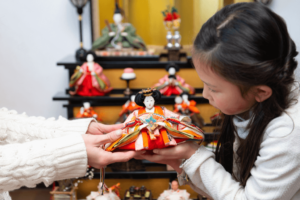
Otherwise known as Girls’ Day, or ‘Hina Matsuri’ in Japanese, the colorful festival Dolls’ Festival has been celebrated on March 3rd every year since the Heian Period (794-1192).

For those who value the journey as much as the destination, the luxury sleeper train ‘Seven Stars in Kyushu’ (or the nanatsuboshi no Kyushu) is the best of both.
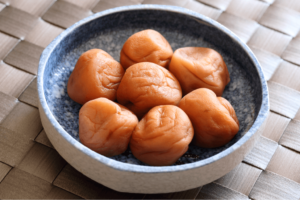
Spending any amount of time in Japan will see contact with ume fruit. Whether it is pickled or used in alcohol, its products are very popular and used in a variety of dishes and as flavoring.
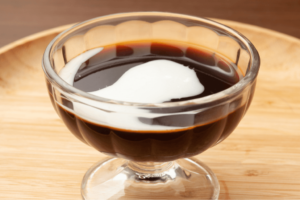
Head to any kissaten (old-style coffee shop) in Japan, and chances are you’ll spot kohii zerii (coffee jelly) on the menu. A staple of Japanese coffee shops since the 1960s, Japanese coffee jelly has become so popular over the years that you can even spot it readymade in the chilled section in convenience stores.
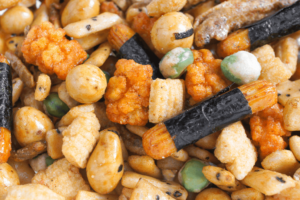
Arare is a tiny type of Japanese snack, known and loved for its crunchy texture. Arare is made of glutinous rice or beans and comes in all shapes and sizes. In fact, based on the type, it can be called a Japanese candy or a snack.
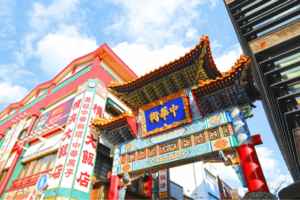
In Yokohama, to the south of Tokyo, lies the largest Chinatown in Japan, established nearly 150 years ago; full of shops, restaurants, and businesses bustling with activity. Visiting Yokohama Chinatown as a tourist can be a very fun experience.
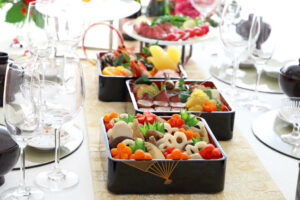
In Japan, New Year is way more important than Christmas and is seen as one of, if not the most important times of the year. The tradition of celebrating the New Year on January 1st started in 1873, but Japanese New Year food has been around for way longer.
Join our newsletter and receive tasty news and deals
Thanks! We just sent you an email to confirm your subscription. To finish signing up, please click the confirmation link in the email.
Error